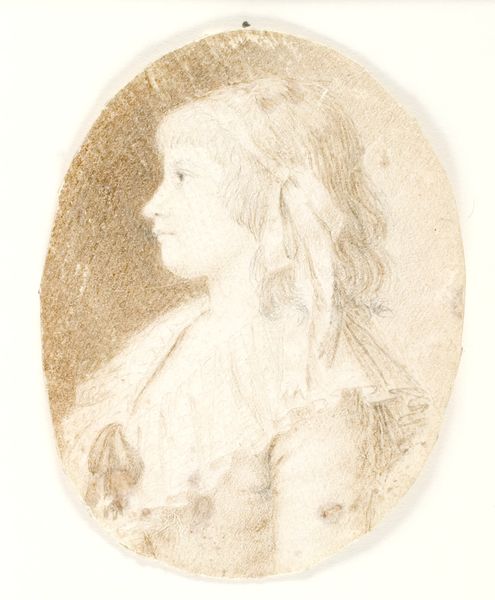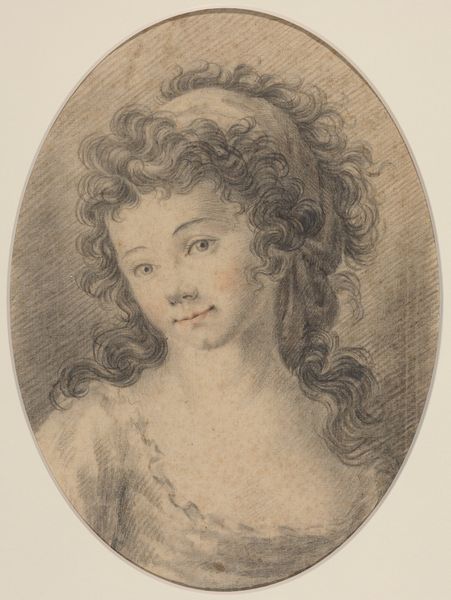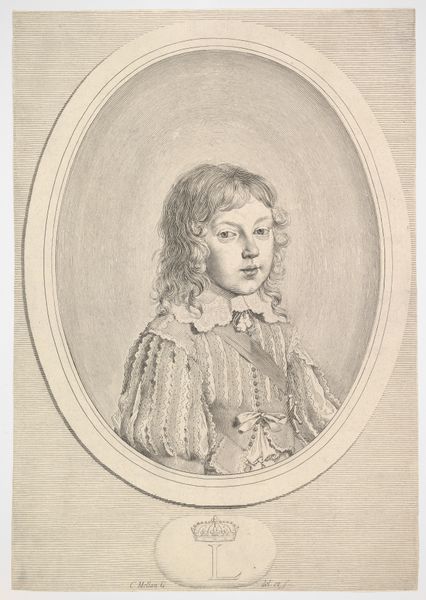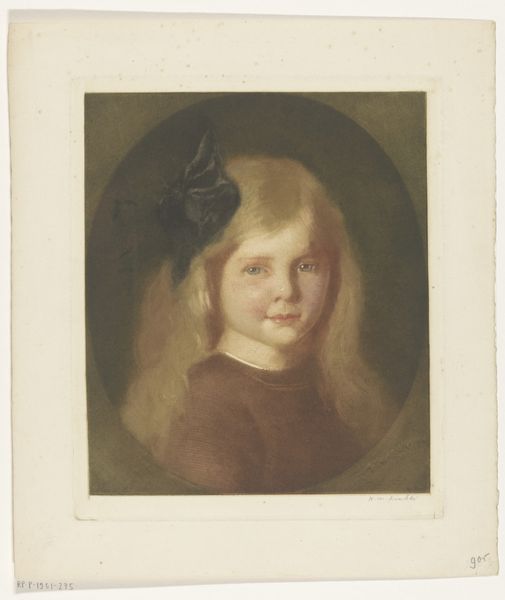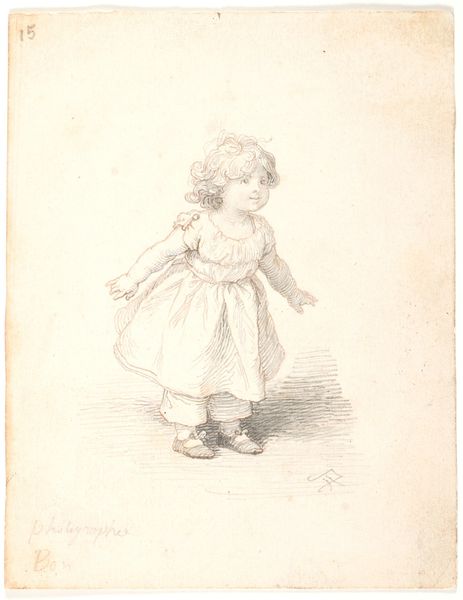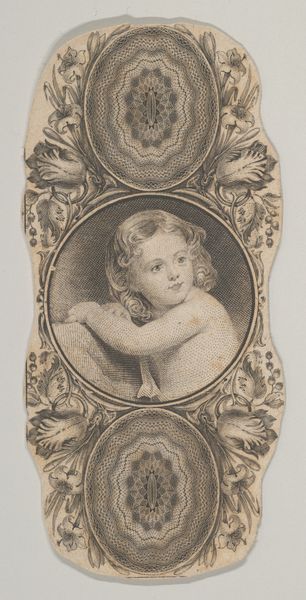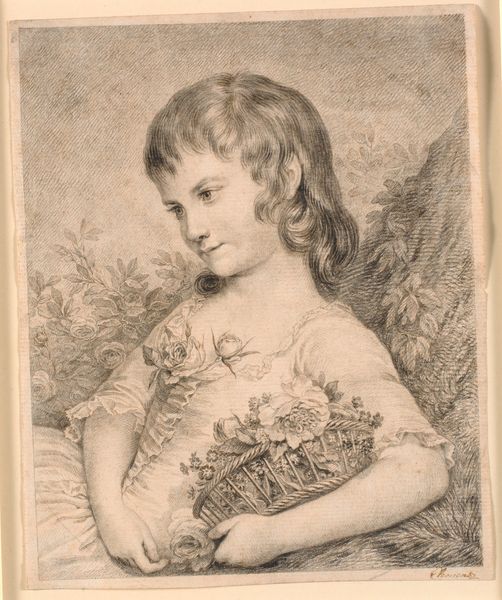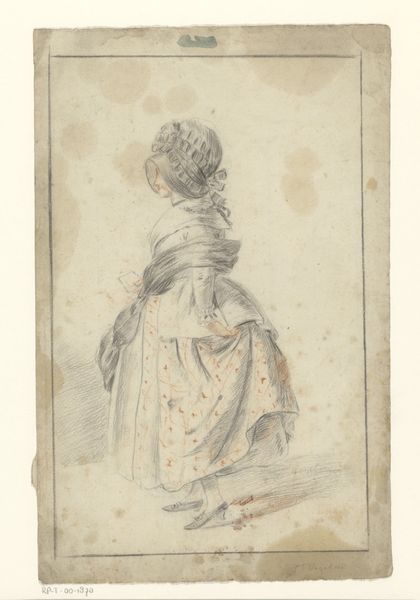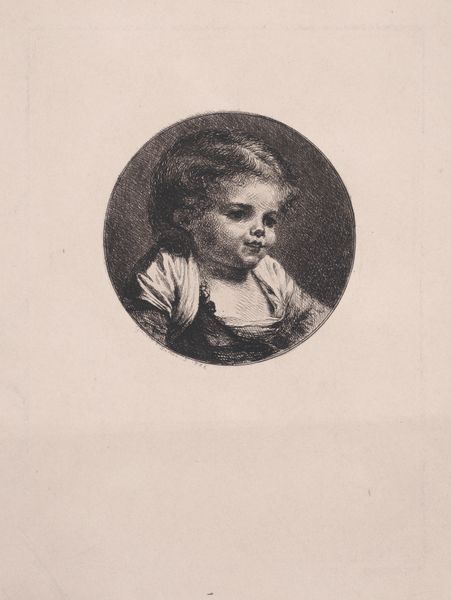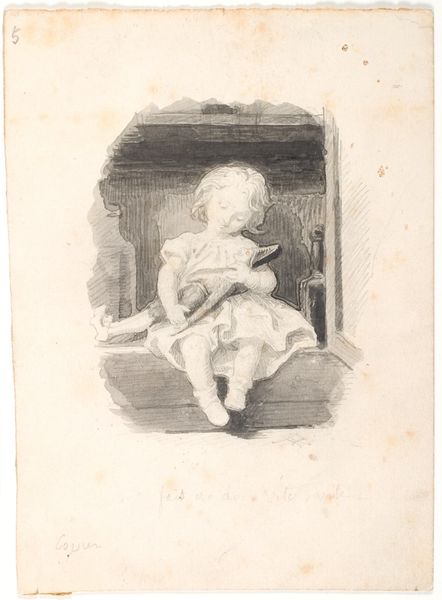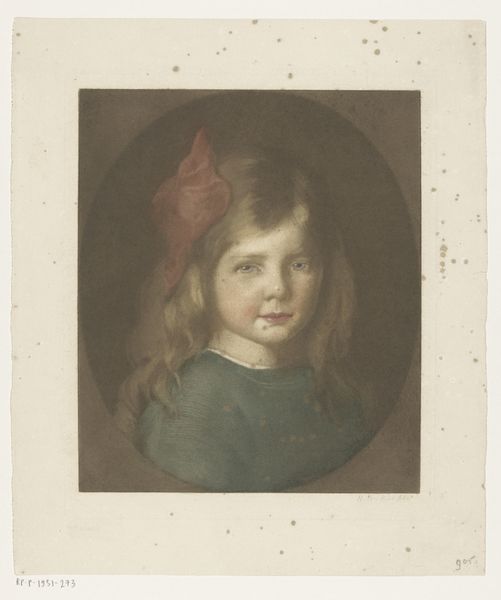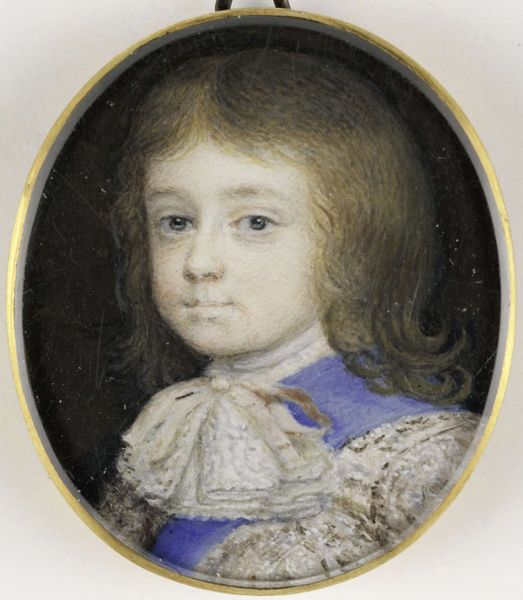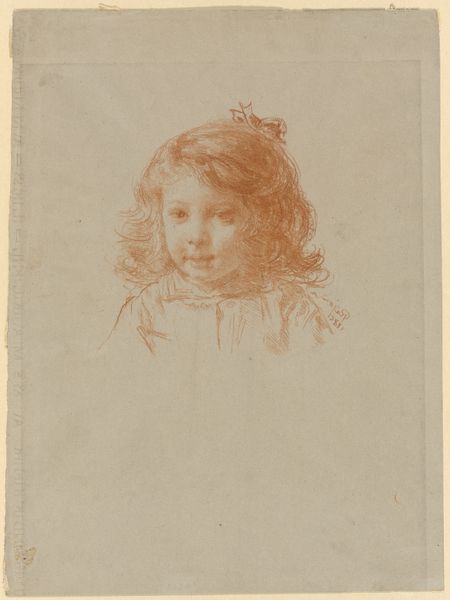
drawing, pencil
#
portrait
#
drawing
#
charcoal drawing
#
pencil drawing
#
pencil
#
academic-art
#
charcoal
#
miniature
Dimensions: 55 mm (height) x 42 mm (width) (bladmaal)
Editor: This lovely miniature, "Portrait of a Boy, Profile to the Left," by Søren L. Lange, appears to be rendered in pencil and charcoal, sometime between 1760 and 1828. It has a delicate, almost fragile quality to it. What catches your eye about this work? Curator: I'm struck by the visible labor in this seemingly simple drawing. Look at the layering of pencil and charcoal – each stroke carefully applied, yet the overall effect remains soft. The academic art style emphasizes a certain level of craft, wouldn't you agree? Editor: Definitely, the layering gives it that very subtle, soft focus. Curator: Consider also the context. The artist is crafting this miniature – a commodity, essentially – for a specific patron. Was it intended as a familial keepsake, a symbol of status, or both? The materiality and technique, like the precise charcoal strokes and chosen pigments, were consciously chosen. Why do you think Lange decided to work in miniature here, and what social function might that choice serve? Editor: That's fascinating. I hadn't thought about the economic context. It’s portable, and it makes me wonder, could its miniature size reflect a wider accessibility of portraiture during that period? Perhaps a democratizing effect of the art market, as drawing with charcoal and pencil allowed the artist to cater to patrons with differing levels of funds. Curator: Precisely! And notice that Lange did not opt for the lavish oil paints favored by the aristocracy. Here, he opted for pencil and charcoal on paper to complete the piece. Do you think that these choices represent more than merely budgetary restrictions? Editor: Perhaps this very intimate portrait on paper implies an elevated sensitivity on behalf of artist and client. It’s definitely providing insight into a potential shifting in class structures! Curator: I find our shared consideration of materiality here insightful, focusing as it does on a convergence of process, production and historical contexts! Editor: Yes, examining the social context through the lens of the artist’s hand, material, and choices gives a powerful entry point to analyzing the art.
Comments
No comments
Be the first to comment and join the conversation on the ultimate creative platform.

